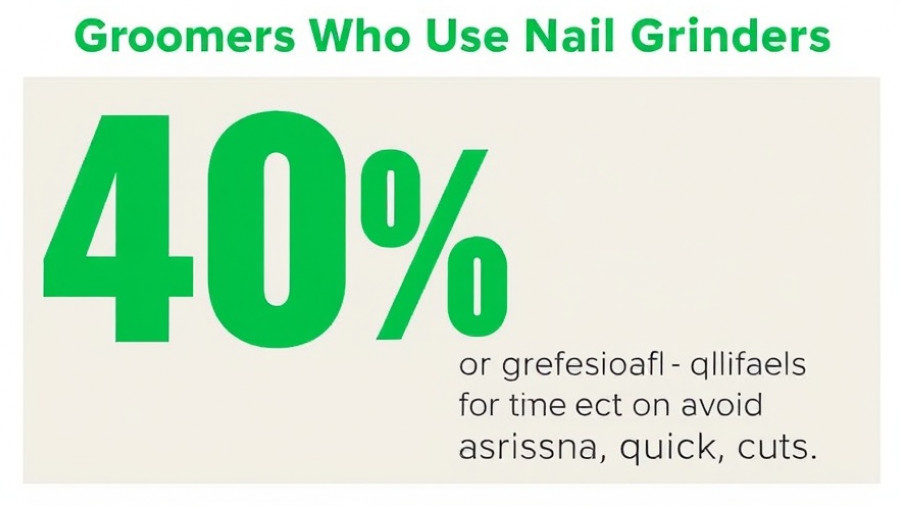
The Comfort of Dog Heating Pads: A Closer Look
As the temperatures drop, many pet owners turn to dog heating pads as a solution to keep their furry companions warm and comfortable. These devices not only provide warmth but also therapeutic benefits for dogs suffering from ailments like arthritis or post-surgery discomfort. However, understanding the nuances of safe usage is vital for ensuring that your dog reaps the benefits without risk of injury.
Why Your Dog Might Need a Heating Pad
Dogs, particularly seniors and those with medical conditions, can experience significant relief from various issues with the application of heat. Heating pads function to enhance blood circulation, which assists in alleviating stiffness and pain in joints. For instance, veterinarians like Dr. Liliana Mutascio emphasize that heat therapy can greatly benefit arthritic dogs, especially when administered after the initial inflammation period.
A clear advantage of using heating pads is in the rehabilitation of post-surgical patients. Heat can accelerate healing by promoting blood flow, making recovery less daunting for both the dog and the owner. Furthermore, young puppies and senior dogs benefit from the warmth, which provides them with comfort—especially when they struggle with temperature regulation due to age.
How to Safely Use Dog Heating Pads
When introducing a heating pad into your dog's routine, safety must be your priority. Start by testing the heat level with your inner wrist, ensuring it's suitable for your pet's sensitive skin, as dogs cannot communicate discomfort effectively. Always choose pads specifically designed for pets, such as the K&H Thermo-Kitty Mat, which maintains a safe temperature tailored for dogs.
Ensure to monitor your dog during heating sessions, setting a standard of 15-minute applications every 6-8 hours. This regimen can help avoid issues such as overheating, which poses significant risks, especially if a dog cannot move independently.
The Benefits of Temperature Control
Effective temperature control is crucial to prevent burns and discomfort. Dog heating pads should only warm to a few degrees above room temperature and should never reach temperatures typical of human heating pads that can exceed 160°F. It's advisable to always place a barrier, like a towel, between the pad and your dog's skin.
Product Features to Consider
When shopping for a dog heating pad, awareness of your dog's breed and health status is key. Depending on the specific needs:
- Electric Heating Pads: Ideal for dogs needing consistent warmth, with adjustable thermostats but require careful monitoring of electrical features.
- Self-Warming Beds: These utilize reflective materials that safely radiate existing body heat without electrical cords.
- Microwavable Heating Pads: Great for portable heating, but again, temperature checks are essential post-microwaving.
- Orthopedic Options: Provide additional support for dogs with joint issues, enhancing comfort along with heat.
Monitoring and Maintenance
An active watch on your heating pad for any signs of wear and tear, especially for dogs with chewing habits, is necessary. Always follow product cleaning instructions and ensure any electric features are in safe working condition before use.
Final Thoughts: Enrich Your Dog’s Comfort
Investing in a safe heating pad can significantly enhance your dog's comfort and overall well-being. Consult with your veterinarian to determine the best type of heating pad and appropriate usage tailored to your dog's specific health needs. Doing so will ensure they enjoy a cozy refuge during colder months or recovery times.
Keep your furry friends safe while improving their quality of life with the right knowledge and equipment. As winter approaches, now is the perfect time to explore the advantages of dog heating pads.
 Add Row
Add Row  Add
Add 




Write A Comment